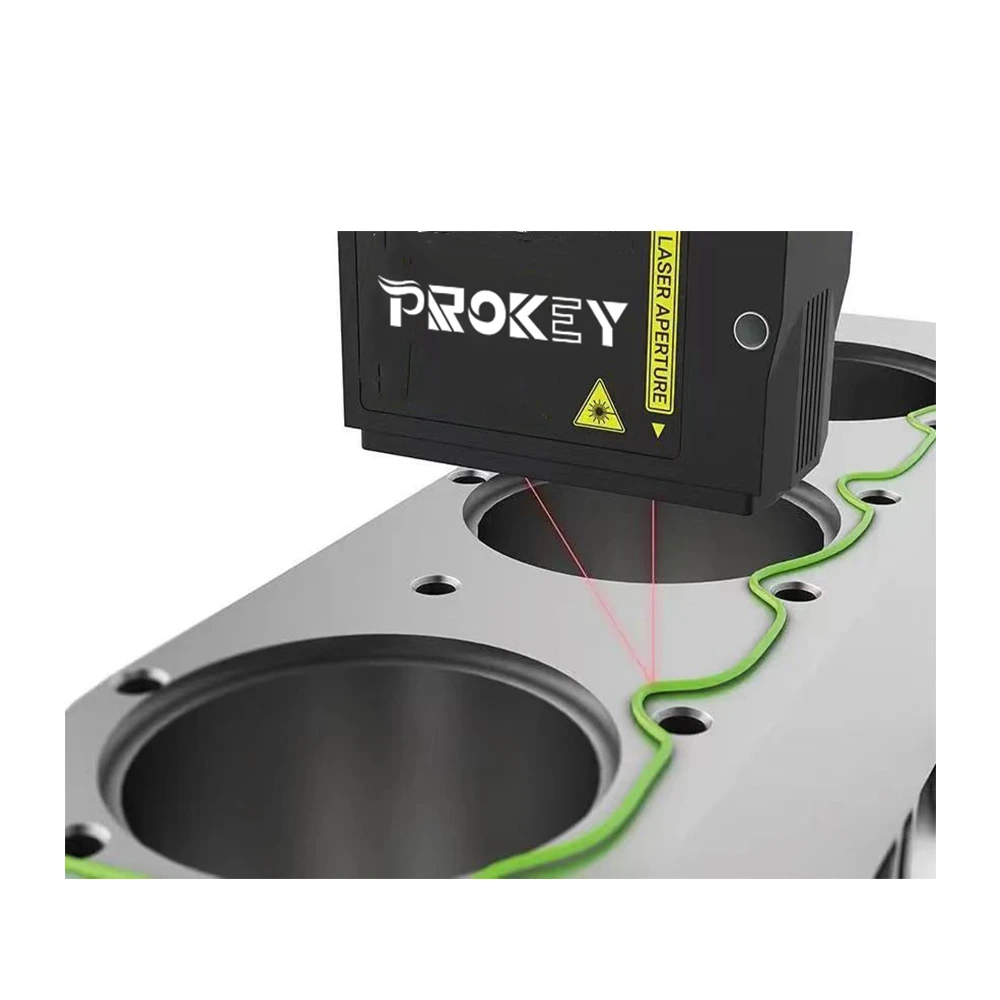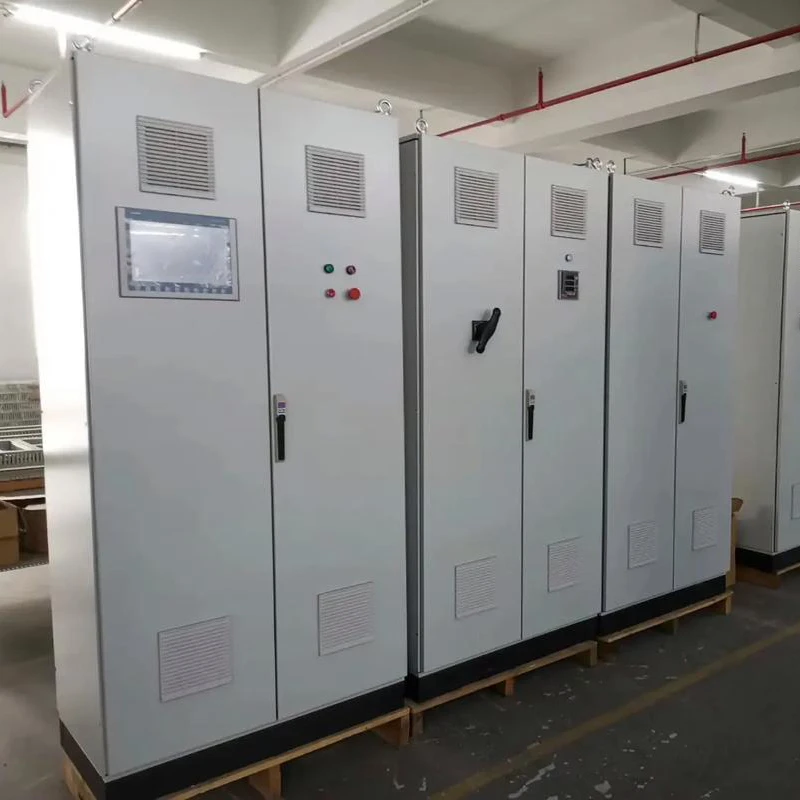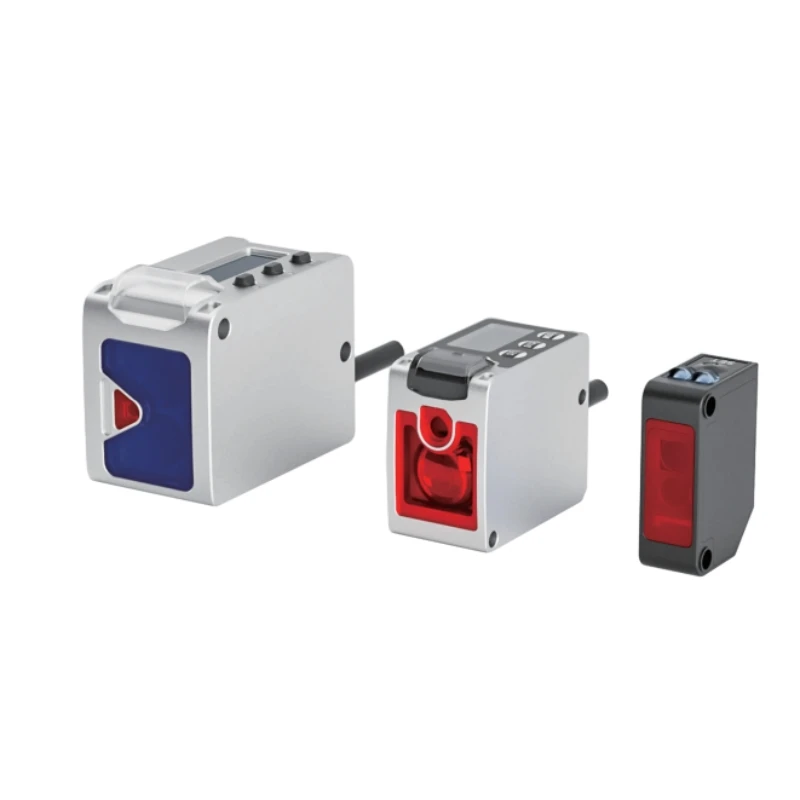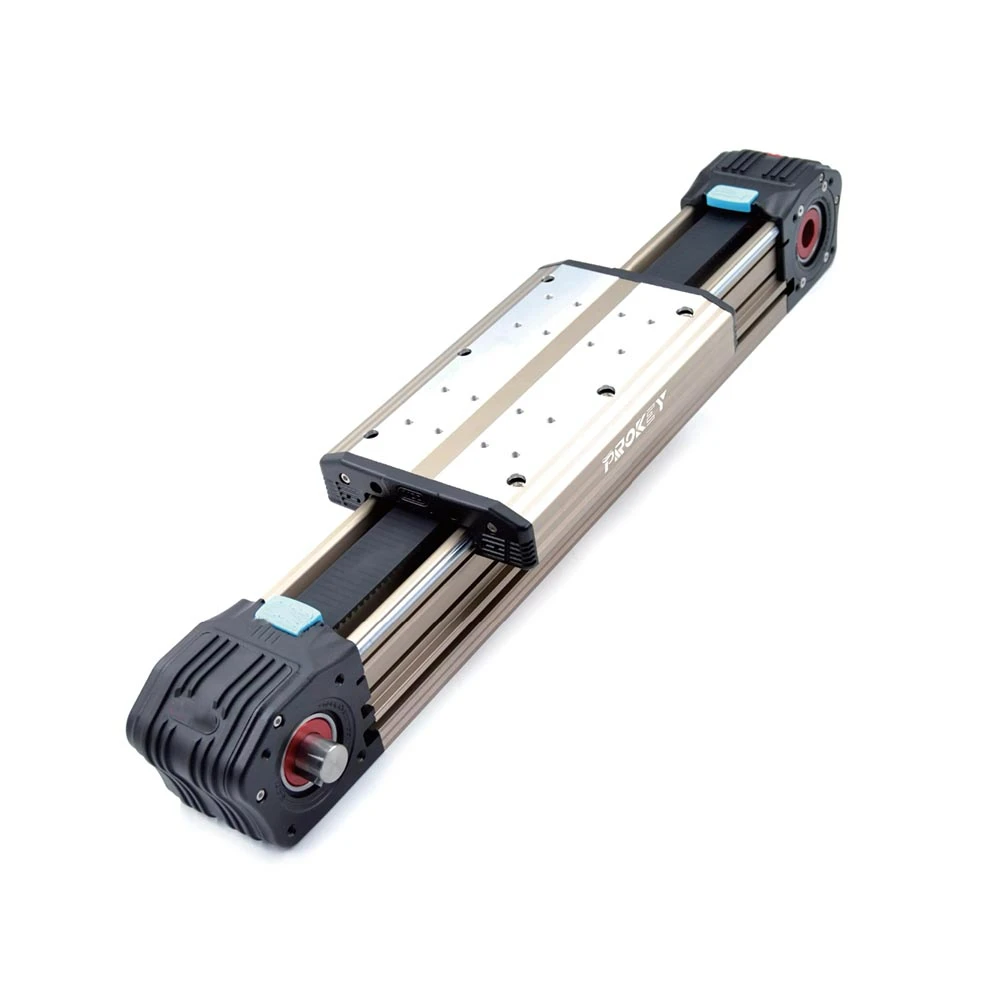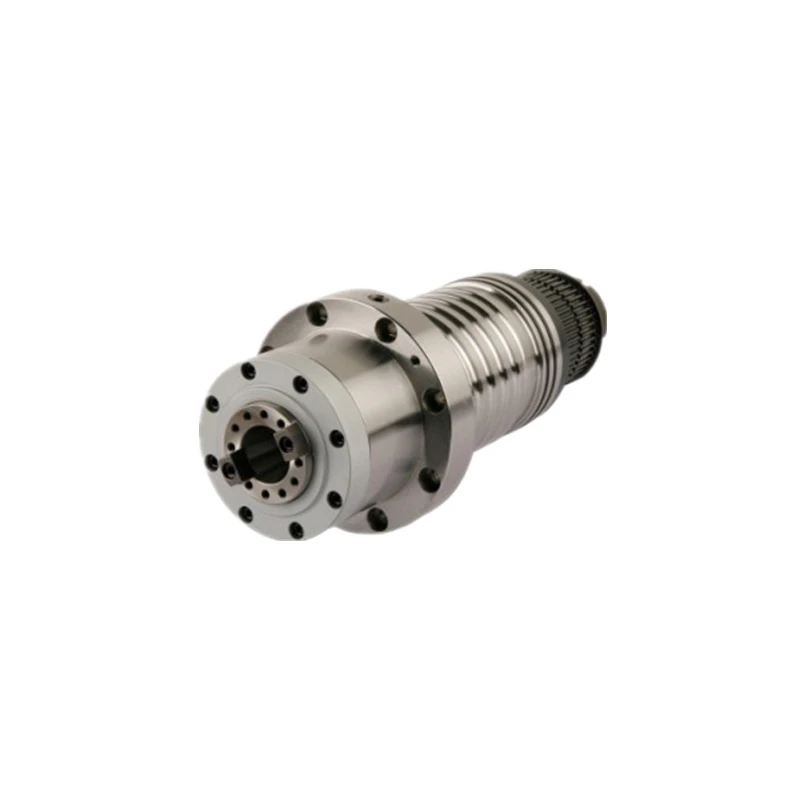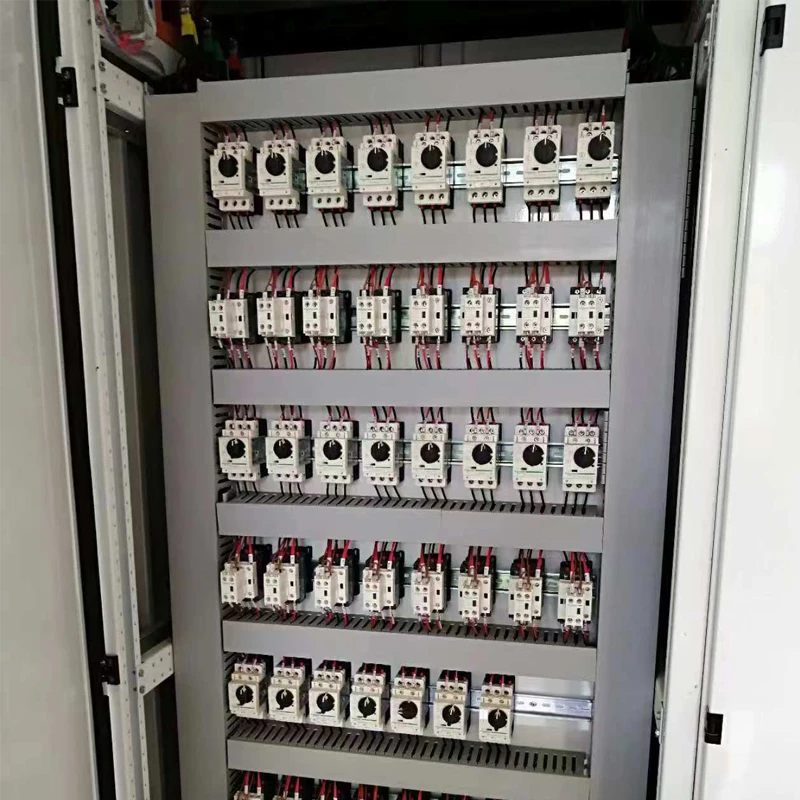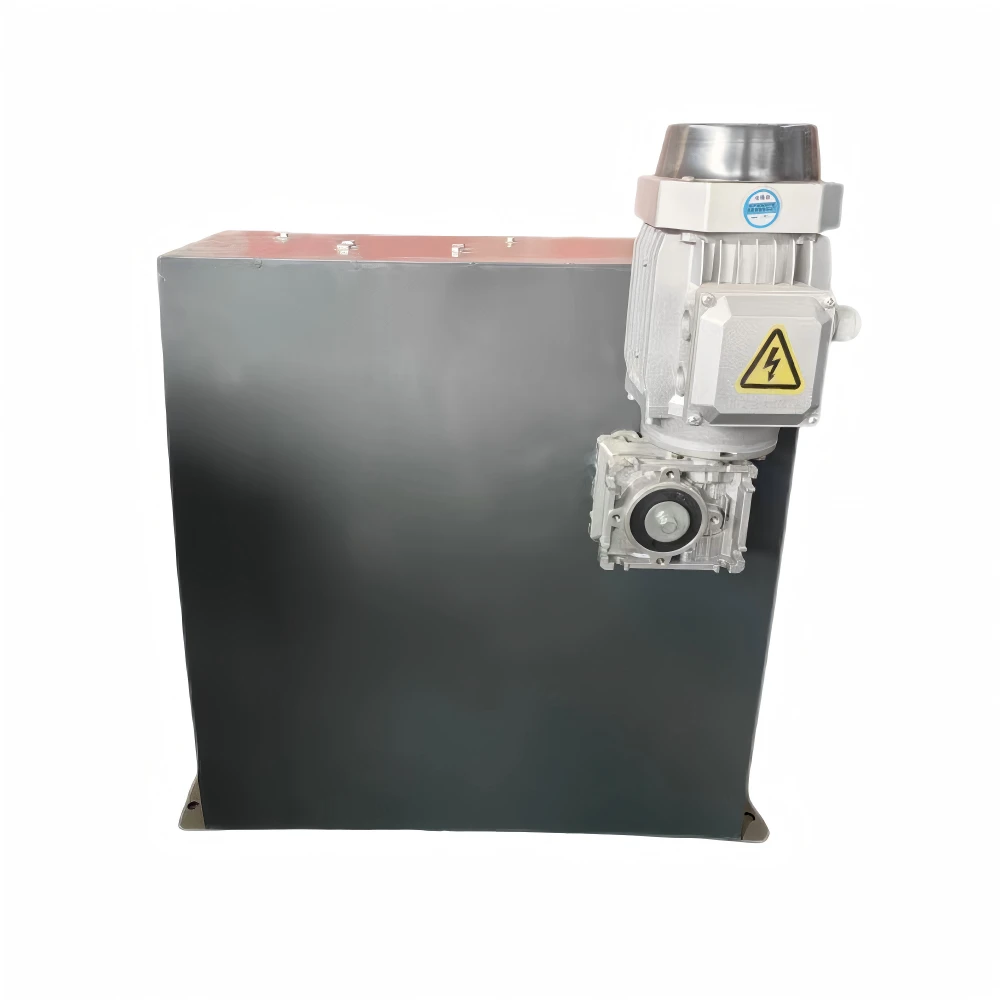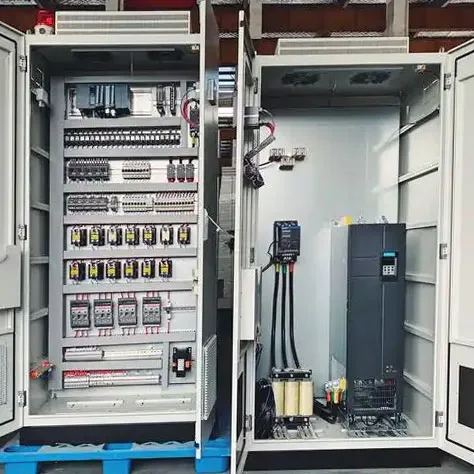11 月 . 08, 2024 14:23 Back to list
Elevate Your Operations with the Laser Ranging Sensor
In an era where precision is paramount, the laser ranging sensor stands out as an essential tool for various industries. Its ability to provide accurate distance measurements makes it invaluable for tasks ranging from production line monitoring to material management. Discover how these advanced sensors can transform your operations and enhance efficiency.
Application Examples of Laser Ranging Sensor in Production Line Monitoring
The use of laser ranging sensors in production line monitoring has revolutionized how manufacturers oversee their processes. For instance, in automotive assembly, these sensors ensure precise alignment of components, reducing assembly errors and enhancing product quality. By continuously measuring distances, they can detect anomalies in real-time, alerting operators to potential issues before they escalate.
In the field of material management, long distance sensors are instrumental in inventory tracking. By accurately measuring stock levels and distances within warehouses, businesses can optimize storage layouts and improve logistics operations. This precision leads to better resource allocation, ensuring that materials are always in the right place at the right time.
Precautions and Debugging Methods of Laser Ranging Sensor During Installation
Installing a distance detection sensor requires careful attention to detail to ensure optimal performance. Key precautions include:
- Site Assessment: Before installation, assess the site for potential obstructions or reflective surfaces that may interfere with measurements.
- Stable Mounting: Ensure the sensor is mounted securely to prevent vibrations that could affect accuracy.
- Calibration: Always calibrate the sensor before first use and after any significant changes to the installation environment.
Debugging methods include running initial tests to verify the sensor's functionality. If measurements are inaccurate, check for alignment issues, obstructions, or incorrect calibration settings. Regular maintenance checks are also recommended to maintain performance over time.
Data Processing and Analysis of Laser Ranging Sensor
One of the significant advantages of the laser ranging sensor is its ability to integrate seamlessly with data processing systems. The data collected can be analyzed to provide insights into production efficiency and material usage.
For instance, by analyzing distance measurements from long distance sensors, manufacturers can identify trends in equipment performance or detect inefficiencies in the production line. This data-driven approach allows for continuous improvement, leading to increased productivity and reduced costs.
Advanced software can also visualize the data, making it easier for teams to interpret results and make informed decisions. The ability to capture and analyze data in real-time enhances operational flexibility, enabling quick responses to any emerging challenges.
Laser Ranging Sensor:Versatility in Diverse Industries
The applications of the distance detection sensor extend beyond manufacturing. In construction, these sensors assist in surveying land and ensuring accurate building measurements. In agriculture, they help monitor crop growth and optimize irrigation systems, significantly impacting yield and sustainability.
The versatility of laser ranging sensors makes them suitable for a wide array of industries, proving essential for any business aiming to enhance operational efficiency. By investing in this technology, companies can gain a competitive edge, ensuring they are always a step ahead.
Conclusion: Harness the Power of Laser Ranging Sensor for Optimal Performance
In conclusion, the laser ranging sensor is a game-changer for any organization looking to improve measurement accuracy and operational efficiency. With applications in production line monitoring, material management, and beyond, the potential benefits are immense. Embrace the future of technology with the laser ranging sensor and transform your operations today!
-
Why Steel Mills Rely on FODA’s High-Temperature Cylindrical Roller Bearings?
NewsApr.10,2025
-
What is a Plain Bearing? A Complete Guide to Design & Functionality
NewsApr.10,2025
-
Thrust Ball Bearings vs. Tapered Roller Bearings: FODA’s Performance Comparison
NewsApr.10,2025
-
The Engineering Behind FODA Thrust Ball Bearings: Precision for High-Speed Applications
NewsApr.10,2025
-
No More Compromises: Get Precision-Engineered Custom Bearings Tailored to Your Exact Specifications
NewsApr.10,2025
-
In-Depth Analysis: Application Differences of Different Types of Angular Contact Ball Bearings
NewsApr.10,2025
Products categories



